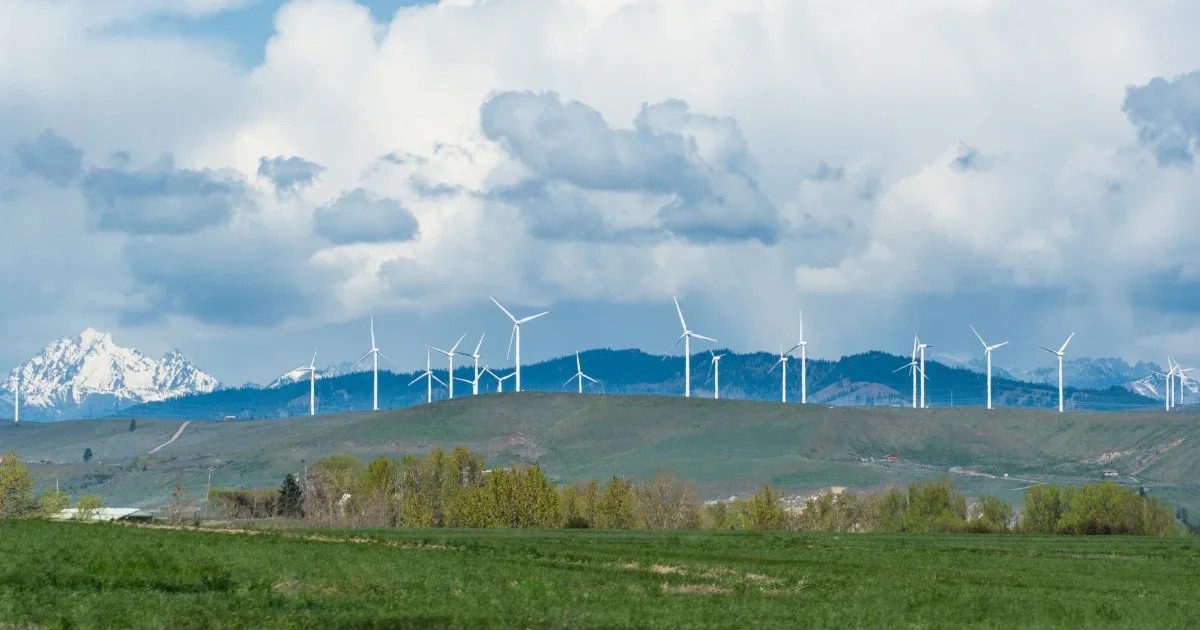
August Western Climate Initiative auction results show strong demand, as California contemplates increased cap-and-trade ambition
This blog was co-authored by Katelyn Roedner Sutter, California State Director at Environmental Defense Fund.
Results of the August Western Climate Initiative auction were released today, and as expected we saw strong demand for allowances. At the same time, California Air Resources Board (CARB) is continuing its series of workshops exploring potential changes to the cap-and-trade program, which are an important opportunity to increase the state’s climate ambition.
August auction results:
- All 55,760,384 current vintage allowances offered for sale were purchased, resulting in the 12th consecutive sold out auction.
- The current auction settled at $35.20, $12.99 above the $22.21 floor price and $4.87 above the May settlement price of $30.33. This is a record settlement price, coming in well above the previous record of $30.85 from the May 2022 auction.
- All of the 7,577,000 future vintage allowances offered for sale were purchased; these allowances can be used for compliance beginning in 2026.
- Future vintage allowances settled at $34.16, $11.95 above the $22.21 floor price and $4.11 above the May settlement price of $30.05.
- The auction generated over $1.2 billion for the Greenhouse Gas Reduction Fund. This is the second highest revenue from an allowance auction, which will fund projects around the state that electrify transportation, strengthen resilience to natural disasters, reduce household energy costs and much more. This funding is especially critical as California faces ongoing impacts from the climate crisis and a challenging budget year for equity and climate programs.
What factors may be at play with these results?
Today’s record settlement price is the result of very strong allowance demand. This is likely a reflection of expectations of a more ambitious program — meaning a tighter emissions cap and fewer allowances – in the coming years. CARB has introduced three potential scenarios for a smaller allowance budget to reflect possible emission goals in 2030 and 2045, so regulated entities are likely expecting fewer allowances to be available in the coming years. As such, many appear to be buying them up now, so they can bank a percentage of these allowances for future use. This increase in demand now causes the allowance price to increase.
CARB is right to consider a more stringent emissions cap and has affirmed that cap-and-trade is about emission reductions, not the allowance price. Ultimately, the most important thing about this program is the cap – or limit – it sets on climate-warming emissions. The effects of that pollution on our climate are clearer and more tangible than ever – we’ve experienced the hottest months ever recorded, harmful wildfire smoke across much of the East and West Coast, and an unexpected Pacific hurricane all in the same summer. Reducing emissions swiftly and effectively is an urgent priority, and CARB is taking the right approach by using its workshops and rulemaking process to strengthen the emissions reduction potential of its cap-and-trade program with a tighter cap and fewer allowances.
Opportunities to strengthen the cap-and-trade program
This summer, CARB began hosting a series of workshops evaluating potential changes to the cap-and-trade program to further align the program with California’s 2022 Scoping Plan update. As we look forward to future workshops and ultimately a rulemaking on changes to the program, there are many areas where CARB should consider improvements to cap-and-trade to make the program more ambitious and more responsive to environmental justice priorities. Critically, CARB is taking advantage of the opportunity this process presents by focusing on maximizing cumulative reductions in pollution, and increasing the ambition of the program with this rulemaking.
1. Tackle cumulative climate pollution: The urgency to curtail even more damaging climate impacts demands swift action to cut greenhouse gas pollution in this decade. Long-lived greenhouse gasses, such as carbon dioxide, persist in the atmosphere for generations. The longer we wait to cut carbon pollution, the more pollution accumulates in the atmosphere – and the more expensive and challenging our climate problem becomes. That is why the path we take toward achieving emissions targets — and the cumulative reductions achieved over time — is even more important than “hitting” a particular emissions level in a specific year.
By prioritizing near-term reductions, rather than delaying them, California would get on a safer path that minimizes the harmful build-up of climate pollution. CARB’s recent workshops underscored the importance of attaining cumulative emission reductions that align with the state’s objectives, and we hope to see this emphasis reflected in the program rulemaking early next year.
2. Tighten the cap to be an emissions backstop: In order to keep California on track to meet its emission reduction targets, it is equally critical that the emissions cap be properly calibrated so that it can act effectively as a backstop on climate-warming pollution. The cap-and-trade program in California is part of a broad suite of climate policies in the state, and acts as an insurance policy to guarantee that even if other programs don’t deliver the level of reductions that they aim for, the state will still ‘cap’ emissions at this predetermined level. Over time, as the cap declines, covered sources have to reduce their emissions in order to stay within the budget because there are fewer allowances. By tightening the cap by issuing fewer allowances, CARB can accelerate the pace at which those reductions happen. In this rulemaking, CARB should move forward with an adjustment to reduce emissions at least 48% below 1990 levels by 2030, to bring the state in line with the emissions reductions called for in the 2022 Scoping Plan.
While the cap adjustment is not the only change CARB should consider (we have more recommendations to address local air pollution and climate ambition), this step will significantly strengthen the WCI cap-and-trade program and give California the greatest possible certainty of achieving its climate targets. As recent analyses have highlighted, bold state-level action is vital to reaching our national climate goals. California must step up its role as a climate leader and make key changes to ensure its cap-and-trade program is an effective and ambitious backstop.












